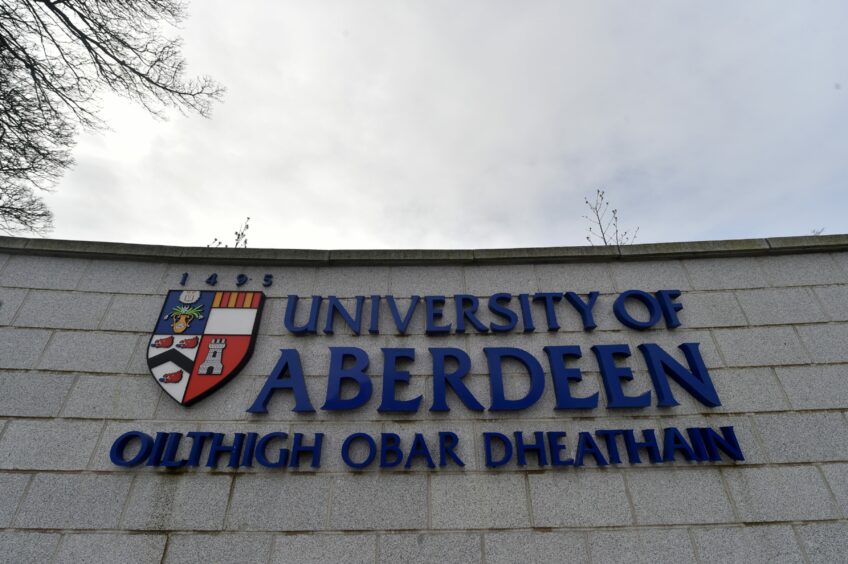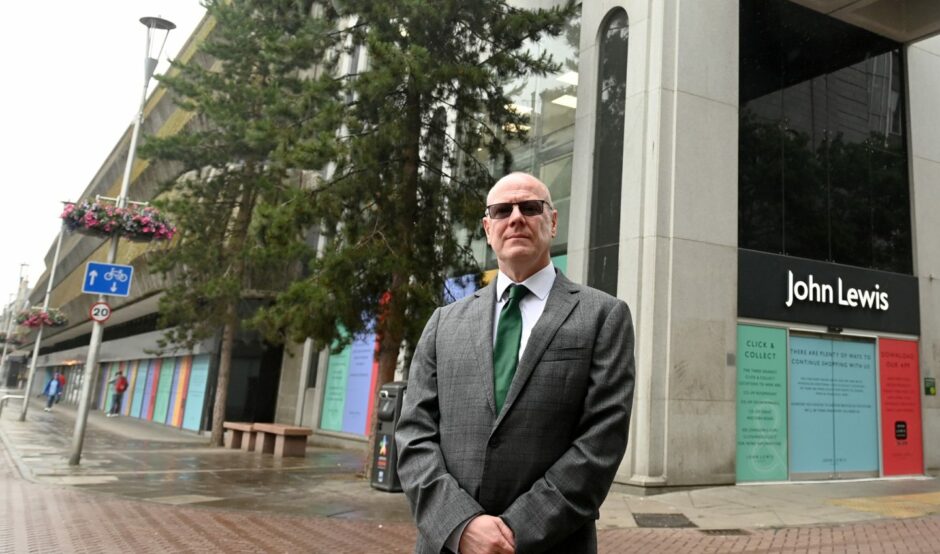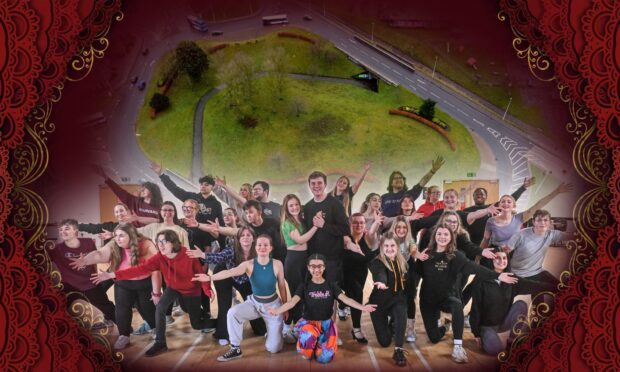Aberdeen University has issued yet another content warning – this time over a ballet that depicts the death of a puppet.
The 1911 Russian ballet Petrushka has been given a content warning due to the “potentially distressing” nature of an on-stage death in the show.
It tells the story of a trio of magical puppets who have been brought to life but ends in tragedy after a character is killed in a fight over the ballerina.
However, the content warning does state that “the character in question is actually a puppet”, according to the university’s Ballets Russes music module, which was seen by the Telegraph.
An Aberdeen University professor has defended the policy, arguing students need to be warned about “distressing material” while stressing it is not “censorship”.
Stravinsky’s 1913 ballet and orchestral concert The Rite of Spring has also been issued with a content warning due to its conclusion of a “young woman dancing herself to death”.
These latest content warnings have been issued in line with Aberdeen University’s long-running policy.
In April 2021, Aberdeen University Student Council voted for trigger warnings in lectures to protect students from a series of potentially unwanted references.
A survey carried out in June last year by the Higher Education Policy Institute showed record numbers of students supporting restrictions on speech that causes offense.
What else has Aberdeen University issued warnings over?
There have been several other instances of Aberdeen University issuing content warnings, including:
- Last week, M. Barrie’s Peter Pan and Other Plays was slapped with a warning due to concerns that students might find the “odd perspectives on gender” to be “emotionally challenging”.
- In August, the epic poem Beowulf written between 700-1,000AD was one of the 30 works that were issued with warnings on a Celtic and Anglo-Saxon Studies module.
- In February, the university was one of the several which advised that The Classic Fairy Tales book contained “cruelty to animals and animal death”.
The repeated content warnings have drawn both criticism and praise from commentators in the media.
Why does Aberdeen University issue content warnings?
In a post on Aberdeen University’s website on Wednesday, Professor Timothy C. Baker from the School of Language, Literature, Music and Visual Culture explained why content warnings are used and how they benefit students.
He wrote while it is important for education to include “contentious and challenging material”, students should be informed in advance about “potentially distressing material or issues”.
In his essay, he also mentions several studies to back up his claim that warnings make students better prepared to engage in discussion.
He also rejects claims of “censorship” by writing that due to the warnings on A Girl is a Half-formed Thing by Eimear McBride, students are given the choice between that text and Anna Burns’s Milkman.
This is due to it containing similar themes, but Mr Bakes writes it is “not in any sense an easier read”.
He also differentiates between “trigger warnings”, which would apply specifically to students with post-traumatic stress disorder, and far more broadly applying “content warnings”.
However, not all academics seem to agree with Mr Baker.
Press & Journal columnist Catherine Deveney wrote in September that the rise in University trigger warnings has trivialised mental health issues.
Aberdeen University: ‘We have never had any complaints’
Regarding the most recent content warnings, Aberdeen University said these notes were issued in the last academic year and have since been revised “in line with our process of regularly reviewing content warnings”.
A spokesman said: “Students are informed about the content of texts so we can explore controversial topics that could otherwise be difficult to address in an inclusive and supportive environment.
“Our guidelines on content warnings were developed in collaboration with student representatives and we have never had any complaints about them – on the contrary students have expressed their admiration for our approach.
“We are an international university with students from over 130 countries and as such there is a wide range of cultural diversity with students sometimes reading in a second, or third language.
“Our content warnings reflect the fact that every student is different, and do not seek to tell them what they should or should not find challenging.”
‘Much ado about nothing’
SNP MSP for Aberdeen Central, Kevin Stewart, said: “I personally see no harm in a content warning and the fact it seems no actual student at Aberdeen is bothered by it says it all really.
“We have age restrictions on films or a content warning before a television programme, neither of which so much as raise an eyebrow when used.
“If I’m honest I find this kind of argument tiresome and much ado about nothing.”














